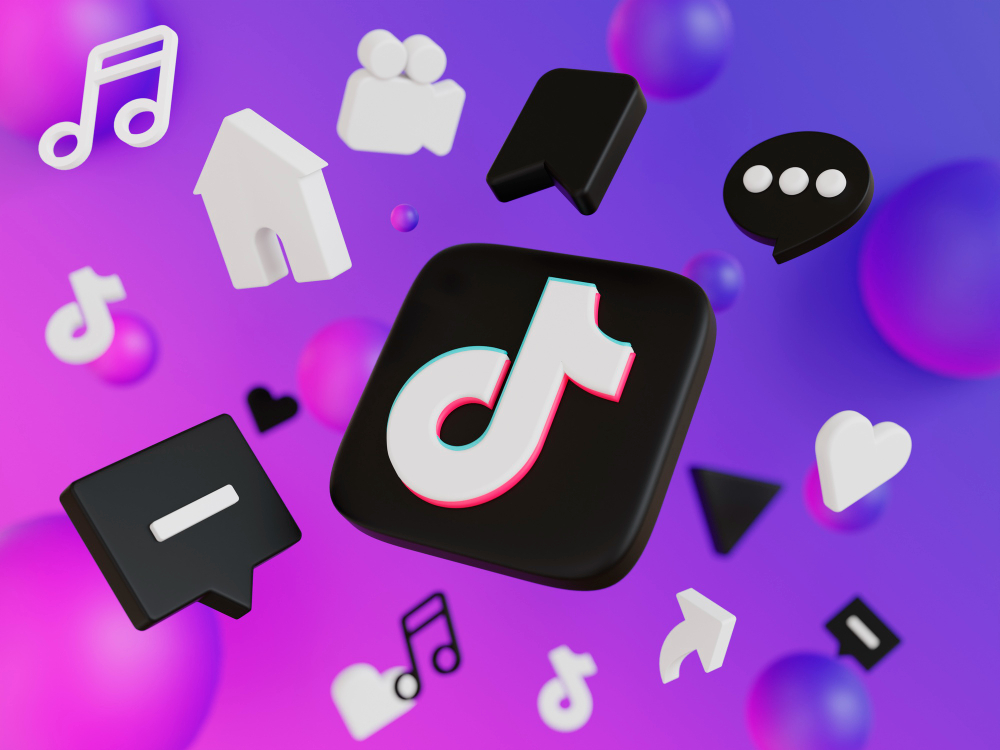Beginner Tips for Automating Your TikTok Shop

Strong 8k brings an ultra-HD IPTV experience to your living room and your pocket.
TikTok has rapidly evolved from a short-form video app into a powerful sales channel. With the launch of TikTok Shop, creators and entrepreneurs now have a direct path to selling products without ever leading viewers off the app. It’s an exciting new space for e-commerce, but also a demanding one. Creating content, managing orders, answering questions, and tracking inventory can be overwhelming, especially for new sellers.
This is where TikTok shop automation becomes a game changer. Automation allows you to streamline repetitive tasks, save time, reduce human error, and focus on what truly matters: growing your audience and increasing sales.
If you’re just starting out, automating your shop might sound intimidating or overly technical. But in reality, with the right tools and approach, even beginners can implement automation and gain a significant edge. This article will guide you through the essential tips to get started, helping you build a smarter and more sustainable TikTok Shop from day one.
Understanding TikTok Shop Automation
TikTok shop automation refers to the use of software and systems to perform tasks that would otherwise require manual input. Instead of individually updating product listings, manually fulfilling each order, or answering every customer inquiry, automation tools do the work for you in the background.
Think of it like hiring a digital assistant that works 24/7 without needing sleep, breaks, or training. From syncing inventory and updating prices to handling messages and scheduling content, automation turns a hectic process into a manageable one.
For beginners, the benefits are immediate. You gain more time, avoid costly mistakes, and create room for consistent growth without needing a large team.
Start with the Right Platform
The foundation of TikTok shop automation starts with the platform you use to manage your products. Many new sellers begin with Shopify because of its ease of use and strong integration with TikTok. Connecting your Shopify store to TikTok Shop allows your product catalog to sync seamlessly, and any updates made in your Shopify backend will reflect on your TikTok listings.
Having this connection also simplifies ad management, order tracking, and inventory updates—all essential tasks that can be automated once the setup is complete. If you're not using Shopify, platforms like WooCommerce and BigCommerce also offer integrations, though they may require more configuration.
Automate Inventory and Order Management Early
One of the first areas to automate should be inventory and order fulfillment. When a product takes off, stock can sell out quickly and manually adjusting your listings to reflect inventory changes isn't practical.
Using tools like AutoDS, DSers, or Orderhive, you can automate the process of updating stock levels in real time. This helps prevent overselling and ensures customers aren't placing orders for out-of-stock items. These tools also automate order forwarding to suppliers or fulfillment centers, reducing your involvement in the logistics process and speeding up delivery times.
For new sellers, this type of automation is a lifesaver. It not only improves customer experience but also removes one of the most time-consuming parts of running an online shop.
Don’t Overlook Customer Communication
Customer service is often where beginners fall short not because they don’t care, but because responding to dozens of inquiries can be exhausting. Fortunately, automation can help here too, and you don’t need advanced AI systems to get started.
Platforms like ManyChat or Tidio allow you to create simple yet effective automated responses. You can set up replies to frequently asked questions about shipping times, return policies, product availability, and more. These tools also let you escalate issues to live chat when needed, but they’ll significantly reduce the number of messages that require your direct input.
Starting with even a basic chatbot setup can enhance customer trust, provide instant support, and free up your time.
Make Time for Content by Automating Scheduling
TikTok’s algorithm rewards consistent, engaging content. But coming up with ideas, filming, editing, and posting regularly can become overwhelming if you're also managing a shop. That’s why automating your content schedule is a smart move even for beginners.
While TikTok now allows native scheduling for business accounts, third-party tools like Later or Planoly offer more robust features. You can plan your video calendar, schedule shoppable content, and analyze which videos lead to the most conversions. Instead of rushing to post every day, you can dedicate a few hours a week to batch filming and use automation to keep your feed active and consistent.
This not only helps you maintain visibility, but also gives you room to be more creative and strategic with your posts.
Use Affiliate and Influencer Tools to Simplify Growth
Collaborating with TikTok creators is one of the fastest ways to grow your shop’s reach. Fortunately, TikTok Shop already includes an affiliate program that connects sellers with influencers. Still, managing those relationships manually tracking referrals, creating codes, and processing payments can become unmanageable even for small shops.
This is where affiliate management platforms like UpPromote or Refersion come in handy. These tools automate the entire creator marketing process, from onboarding influencers to tracking their performance and handling payouts. For beginners, this creates a professional system that helps scale without the chaos.
Even if you only work with a handful of creators at the start, having an automated system in place ensures that as you grow, your backend doesn’t collapse under the pressure.
Track Performance Without the Headache
Another common trap for new TikTok Shop sellers is the lack of visibility into what’s working. You might post ten videos and get thousands of views but struggle to understand which ones drove sales or what products perform best.
Automation tools focused on analytics can help solve this. Shopify offers built-in insights, but additional tools like BeProfit or Google Analytics can automate reports and send you updates on metrics like revenue, conversion rates, customer behavior, and product performance.
Having access to real-time data without logging into multiple dashboards helps you make smarter decisions. Whether it’s optimizing your pricing, tweaking your ads, or creating more of the content that converts, automation makes these tasks more accessible even if you don’t have a background in data.
Take a Gradual Approach
It’s easy to get excited and try to automate everything at once, but that’s not necessary nor is it recommended. The best way to approach TikTok shop automation as a beginner is to start with one system at a time.
Begin by automating order and inventory management, since those have the biggest impact on your daily workflow. Next, add customer service automation to reduce time spent on repetitive messages. Then move on to content scheduling and affiliate management as your business scales.
By taking a gradual, strategic approach, you’ll stay in control of your systems while gaining confidence and efficiency over time.
Final Thoughts
Running a TikTok Shop is a dynamic and rewarding experience, but it comes with its fair share of challenges especially for beginners. Fortunately, TikTok shop automation offers a smart way to reduce the stress of daily operations while setting the stage for scalable growth.
By automating essential tasks like inventory management, order fulfillment, customer communication, and content scheduling, you can focus your energy where it matters most: building your brand and creating content that connects.
Automation isn’t just for big businesses with massive budgets. With today’s tools, anyone can set up simple, effective systems that make selling on TikTok easier, faster, and more fun. Start with one automation, master it, and build from there. Your future self and your growing business will thank you.
Note: IndiBlogHub features both user-submitted and editorial content. We do not verify third-party contributions. Read our Disclaimer and Privacy Policyfor details.







